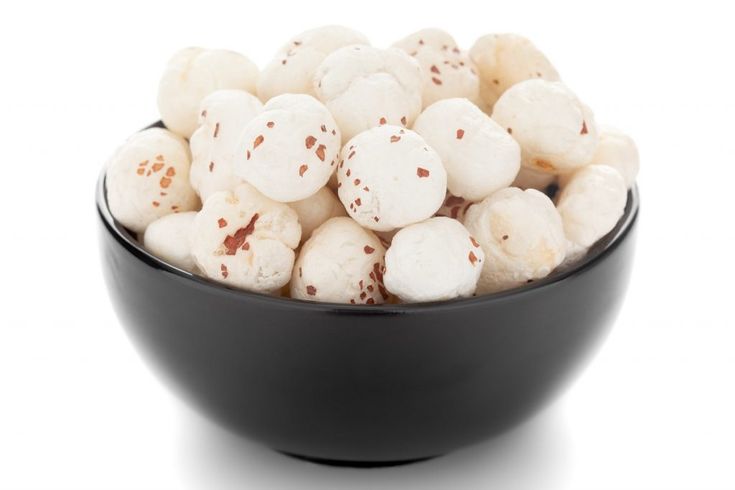
Grade A Phoxnuts (21-28mm)
- Size: A-grade makhane are the largest, measuring between 21-28mm, making them the top tier in quality.
- Texture: With a smooth, dense texture, these nuts offer a delightful crunch, making them ideal for premium snacks or recipes that highlight their quality.
- Flavor: These phoxnuts have a mild, creamy flavor and absorb seasonings well, making them highly versatile for cooking.
- Best Suited For: High-end snack products, premium culinary applications, and recipes requiring larger pieces for presentation.
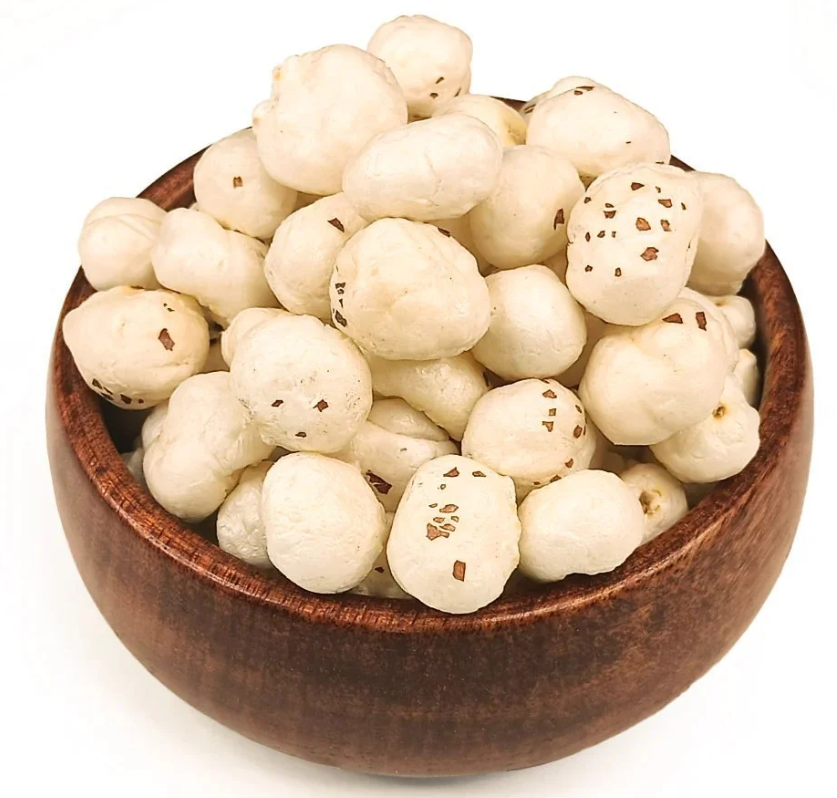
Grade B Phoxnuts (16-20mm)
- Size: Slightly smaller than A grade, B-grade makhane measure 16-20mm.
- Texture: They have a similar crunch and density, but their smaller size makes them well-suited for everyday use.
- Flavor: The flavor profile remains creamy and mild, making these a popular choice for seasoning and snacking.
- Best Suited For: General snack production, mid-range culinary applications, and bulk use where quality and affordability meet.
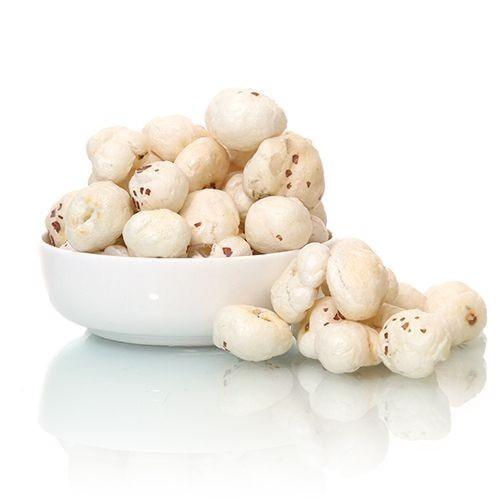
Grade C Phoxnuts (11-15mm)
- Size: Slightly smaller than A grade, B-grade makhane measure 11-15mm.
- Texture: They have a similar crunch and density, but their smaller size makes them well-suited for everyday use.
- Flavor: The flavor profile remains creamy and mild, making these a popular choice for seasoning and snacking.
- Best Suited For: General snack production, mid-range culinary applications, and bulk use where quality and affordability meet.
Introduction
At Risom Phoxnuts, we specialize in premium quality Makhane, directly sourced from Bihar, India’s leading region for phoxnut production. Our A,Band C-grade selections are rich in nutrition, delivering a natural, healthy snack option that’s loved worldwide.
Why Choose Risom Phoxnuts

Quality Assurance
We handpick our A, B and C-grade Phoxnuts, which undergo multiple rounds of inspection and sorting.

Sustainability
Partnering with local farmers, we promote environmentally friendly practices that help preserve the natural ecosystem of Bihar’s fertile lands.

Global Presence
Our established network allows us to meet international demand promptly, with careful attention to export standards and certifications.
Health Benefits of Makhane
- Protein-rich, gluten-free, low in calories, and suitable for all age groups.
- Benefits for heart health, weight management, and immunity.
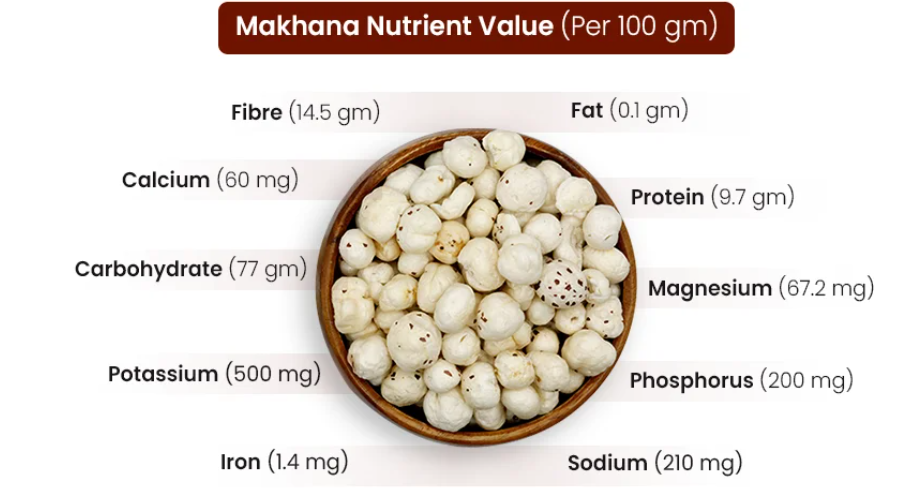

Our Process
- Overview of the steps from sourcing to packaging, with a focus on quality control.
- Highlight any unique or sustainable packaging that preserves freshness.
Phoxnut Processing
- Product Introduction: We would like to inform you about this product is basically from Bihar, particularly in districts like Purnia, Madhubani, Kathiyar, Sitamarhi and Darbangha. the Mallah community (also known as boatmen or fishermen) traditionally plays a significant role in cultivating and harvesting “makhana” (phoxnuts). This process is intensive and requires skill, as makhana comes from the seeds of the prickly water lily plant, cultivated in ponds and small lakes.
- Cultivation and Collection: The Mallah Community cultivate makhana in water bodies, managing the growth of the plants over time. During harvest, they dive into ponds to collect the mature seeds, a task that demands both physical endurance and knowledge of the plant’s growth cycle.
- Processing: After collection, the seeds undergo various processes, including drying, roasting, and popping. These steps transform the raw seeds into the light, crunchy makhana we find in markets. The popping stage is particularly skill-intensive, as it involves roasting the seeds at the right temperature to make them expand and become edible.
- Grading and Packaging: Once processed, makhana is graded based on size and quality, with larger sizes being more desirable. The Mallah community’s expertise helps ensure that makhana is properly sorted and packed to meet quality standards, especially for exports, where premium-grade makhana is highly valued.
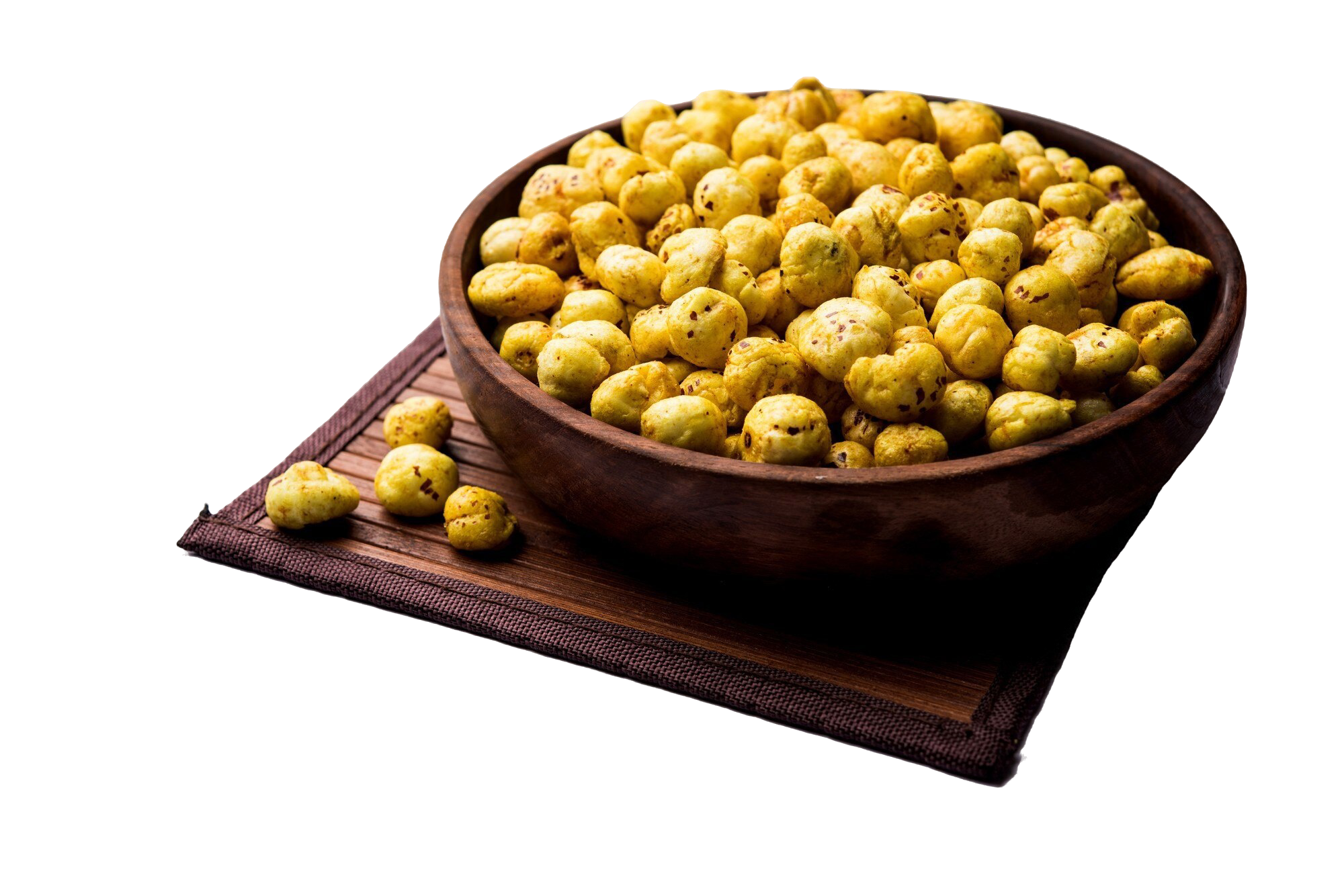
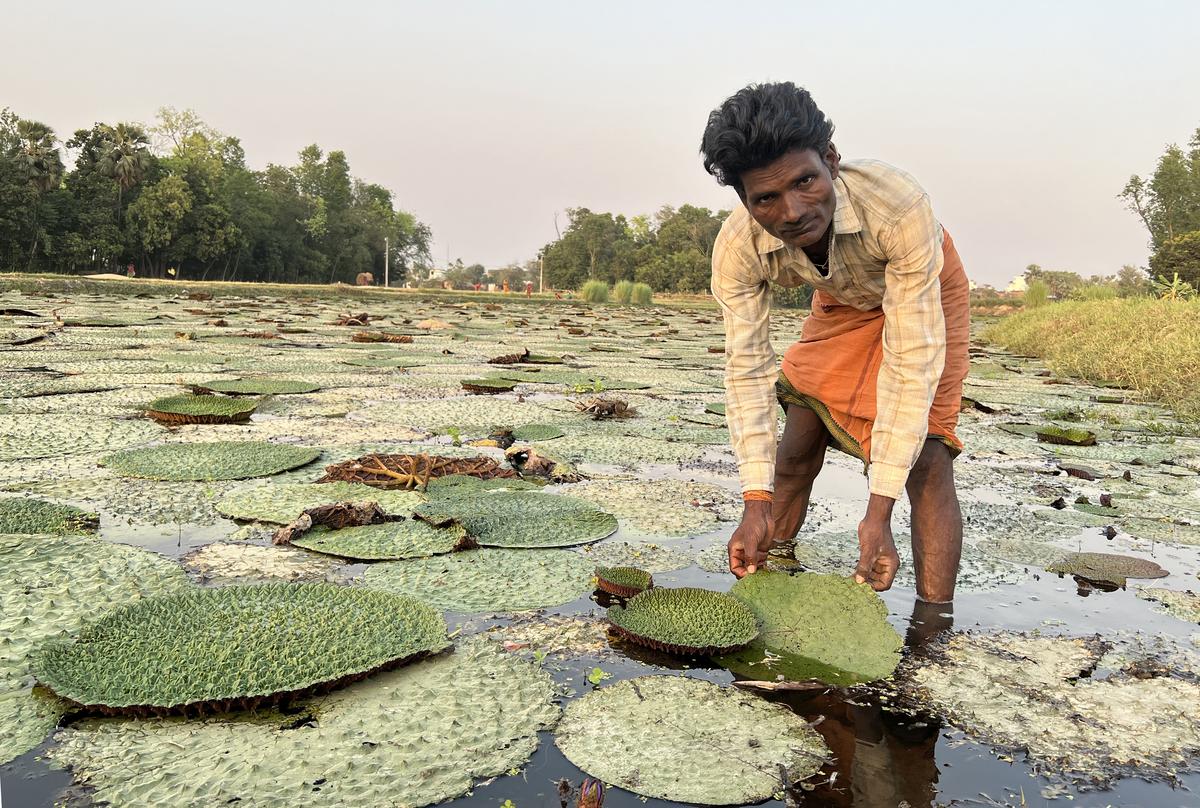
This traditional process showcases the Mallah community’s deep-rooted knowledge and skill in makhana production, highlighting their essential role in maintaining this agricultural practice.
